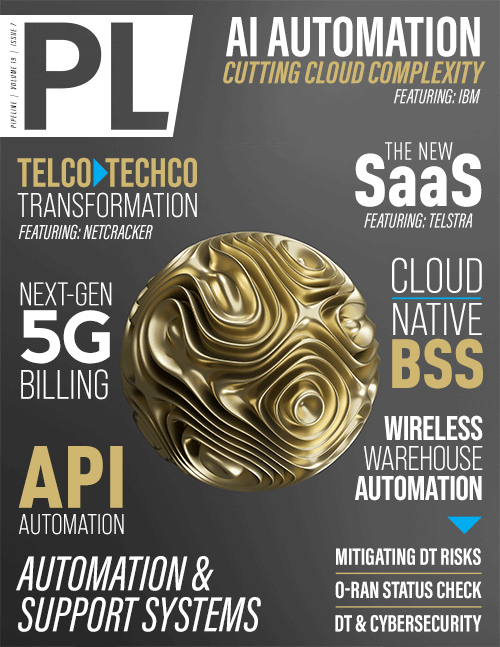The New SaaS: Service...as a Service?
By: Eric Dalessio

Today, customers simply expect more. We’re all used to online subscription models, whether it’s for a streaming service or food delivery. We enjoy the control and ability to manage them according to our needs. It’s becoming the same with support for enterprise network infrastructure and bandwidth. Users can now easily scale bandwidth up or down, at their preferred time periods, on a customized network that they fully control and manage.
Enterprise customers want that same level of autonomy for customer service and support. The two most significant changes we’ve seen across our industry are self-service functionality and increased digitization. People who are pressed for time prefer to log into a portal whenever possible and resolve an issue quickly and on their own schedule.
Increased demand for connectivity
As recently as five years ago, it was a much different landscape. Since then, worldwide content demand has increased tenfold, creating a corresponding need for more bandwidth in more locations than ever before, including traditionally underserved regions. More people are working remotely, creating larger variations in organizational network bandwidth traffic.
This is the new hybrid work environment, supported more than ever by high-bandwidth connectivity.
Many companies have also begun opening different network hubs to support their employees’ varying bandwidth needs. That additional connectivity, in turn, funnels right back through their infrastructure, creating a cyclical need for increased bandwidth.
Telecoms and network connectivity providers have risen to this challenge. Providers are recognizing the critical nature of keeping pace with emerging technology trends and evolving customer requirements. As a result, they are finding new ways to supply the available bandwidth needed and continually shoring up their underlying infrastructures.
Our industry prides itself on always looking forward—but nobody expected, or even saw coming, the seemingly overnight demand for connectivity that we all experienced. The right tools and processes had to be developed and streamlined to meet this instantaneous demand, as existing processes were slower and less streamlined than necessary.
Everything had to be done faster, anticipating customers’ needs. Our industry did that by building out infrastructures to get ahead of the curve. That's what smart companies are doing, staying closely tuned into what’s going on in the world today and proactively keeping ahead while also meeting current demands. That is where we need to be, and we will invest in cables and infrastructure to support that bandwidth, including implementing new systems, better ways of working, and new ways to integrate data to provide a faster service and better experience for our customers.
Delivering global network support service
When we talk about delivering a service, the most important part is the upfront expectation. Those early customer conversations are equally important as the service delivery down the road. Delivering a service or experience that differs greatly from initial conversations is almost always a guarantee for a failed project.
After those early conversations, service must extend all the way through purchase, deployment, and activation. And when real-world factors begin to alter the scope of that signed contract, customers expect a service provider to be accountable,



















